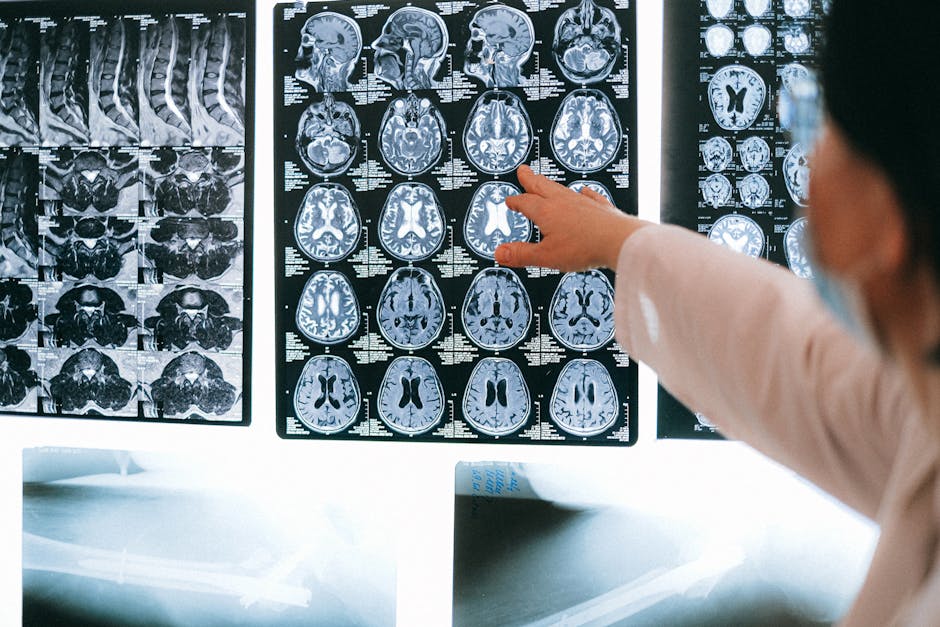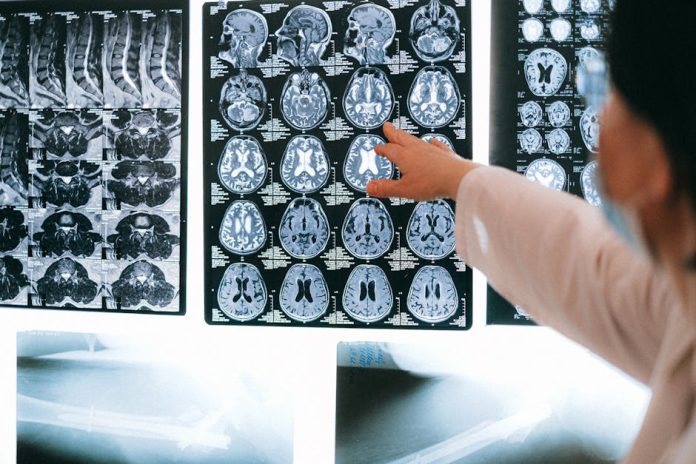
Imagine a silent epidemic, creeping through populations, often without symptoms until it’s too late. That’s the reality of Non-Alcoholic Fatty Liver Disease (NAFLD), a condition affecting millions worldwide. If left unchecked, NAFLD can progress to severe liver damage, including cirrhosis, liver failure, and even cancer. The challenge? It’s notoriously difficult to diagnose early, often requiring specialized tests like ultrasound or MRI, or even invasive biopsies.
But what if the answer was hiding in plain sight, in an everyday medical image we’ve been using for decades? Breakthrough research is now revealing that Artificial Intelligence (AI) can spot the subtle signatures of fatty liver disease in routine chest X-rays – images typically used to examine the heart and lungs. This revolutionary discovery means AI sees what human doctors, focused on primary X-ray objectives, might unknowingly miss, transforming a common diagnostic tool into a powerful early detection system for liver health.
How does AI achieve this seemingly impossible feat? Unlike the human eye, which is trained to look for specific abnormalities in the lungs or heart on a chest X-ray, AI algorithms are trained on vast datasets of images, including those from patients with confirmed NAFLD. This allows the AI to learn and identify incredibly subtle patterns, changes in tissue density, or even slight alterations in the shape and position of the liver that indicate fat accumulation, even when these changes are not immediately obvious to a radiologist. It’s like teaching a computer to see a whisper where humans only hear silence.
The implications of this AI breakthrough are profound. Firstly, it offers a cost-effective and non-invasive screening method for NAFLD. Chest X-rays are widely available and routinely performed for various conditions, meaning this AI could retroactively analyze existing images or be integrated into current workflows without additional patient burden. Early detection allows for timely lifestyle interventions – dietary changes, exercise, and weight management – which can halt or even reverse the progression of fatty liver disease, preventing severe complications and improving long-term patient outcomes.
This isn’t about replacing doctors; it’s about empowering them with an incredibly precise diagnostic co-pilot. By flagging potential cases of fatty liver disease from routine chest X-rays, AI can prompt doctors to order further targeted tests, ensuring that patients receive timely diagnosis and care. It heralds a new era of proactive medicine, where AI’s analytical power helps us uncover hidden health threats, paving the way for a healthier future for millions at risk from this silent, yet significant, disease.

